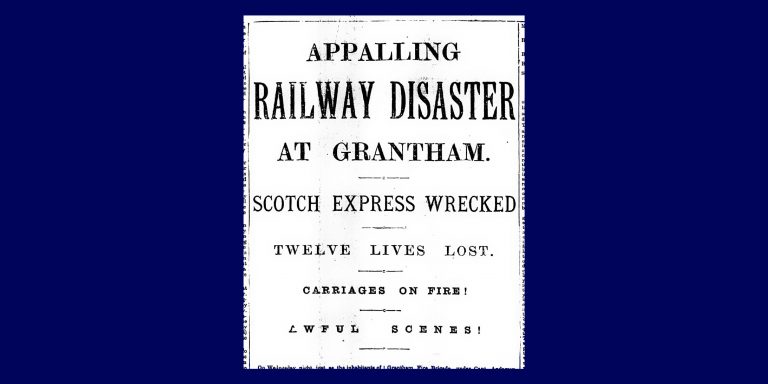Introduced in 1977 as the Inter-City 125, HSTs (High Speed Trains) were last used on LNER scheduled services on Sunday 15th December 2019.
The final LNER service operated by HST, the 19.35 from London King's Cross to Leeds [1D30], departed from Grantham at 20.50 on 15th December. So Monday 16th December 2019 became the first day without an HST operated service through Grantham since May 1977. Another era of Grantham railway operation has passed into the history books!
As a curtain call LNER is running four Say Goodbye to the Inter-City 125 excursions using the BR blue painted set. The final one is Leeds to London King's Cross on Saturday 21st December with a stop at Grantham. A photograph of this event will be very welcome.
The customers of successive East Coast Main Line (ECML) operators have travelled through Grantham in HST sets for more than 42 years, a unique record. Companies other than LNER and its predecessors which have used HSTs to provide services on the ECML through Grantham include Grand Central and, occasionally, Hull Trains.
Although no longer seen at Grantham, HSTs remain active further north on the ECML. Cross Country continues to operate them between York and Edinburgh, and there are East Midlands Railways (on weekdays) and Cross Country (on Sundays) services operated by HSTs which use the ECML between Doncaster and Leeds.
Setting the achievement of the HST into historical perspective is difficult because they are complete trains, not a locomotive hauling a set of carriages. Confining the comparison to motive power alone, it appears that no class of diesel locomotive came near to four decades' use on scheduled ECML express services. Going back to steam days, arguably two classes of locomotive have a comparable record of longevity. They are the Ivatt GNR Large Atlantics (from 1902 until the 1940s), and the Gresley GNR/LNER A1/A3s (from 1922 until the 1960s).
Can someone update us on any fleets of passenger coaches which were in front line service on the ECML for as long as 40+ years? Please use the Comment box below.
There are lengthy features on the Inter-City 125 / HST in Rail magazine here and in Wikipedia here.
Below are four photographs by Mel Smith showing Inter-City 125 trains at Grantham in the 1980s.




With thanks to Doug Thompson for alerting us to this significant moment in Grantham's railway history.








